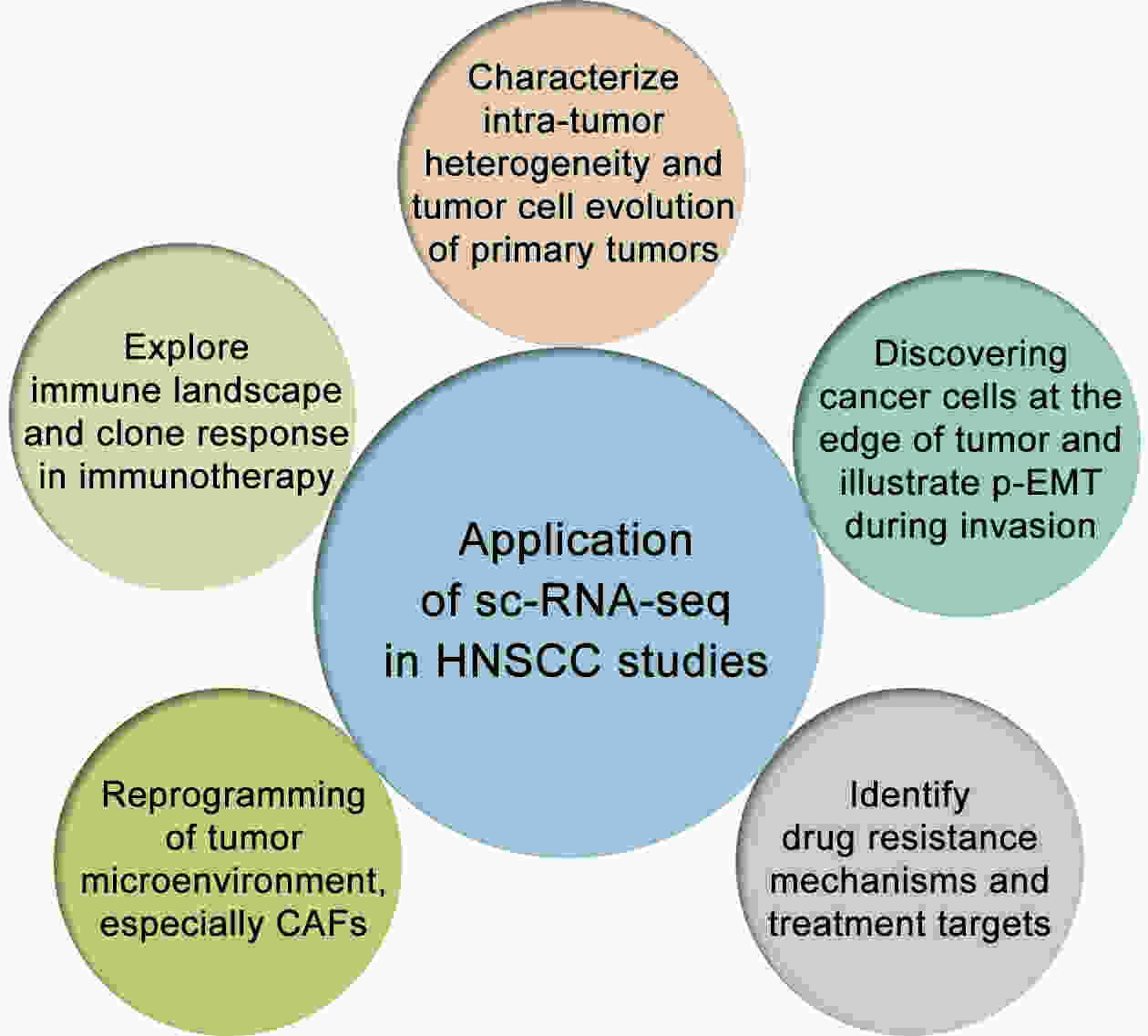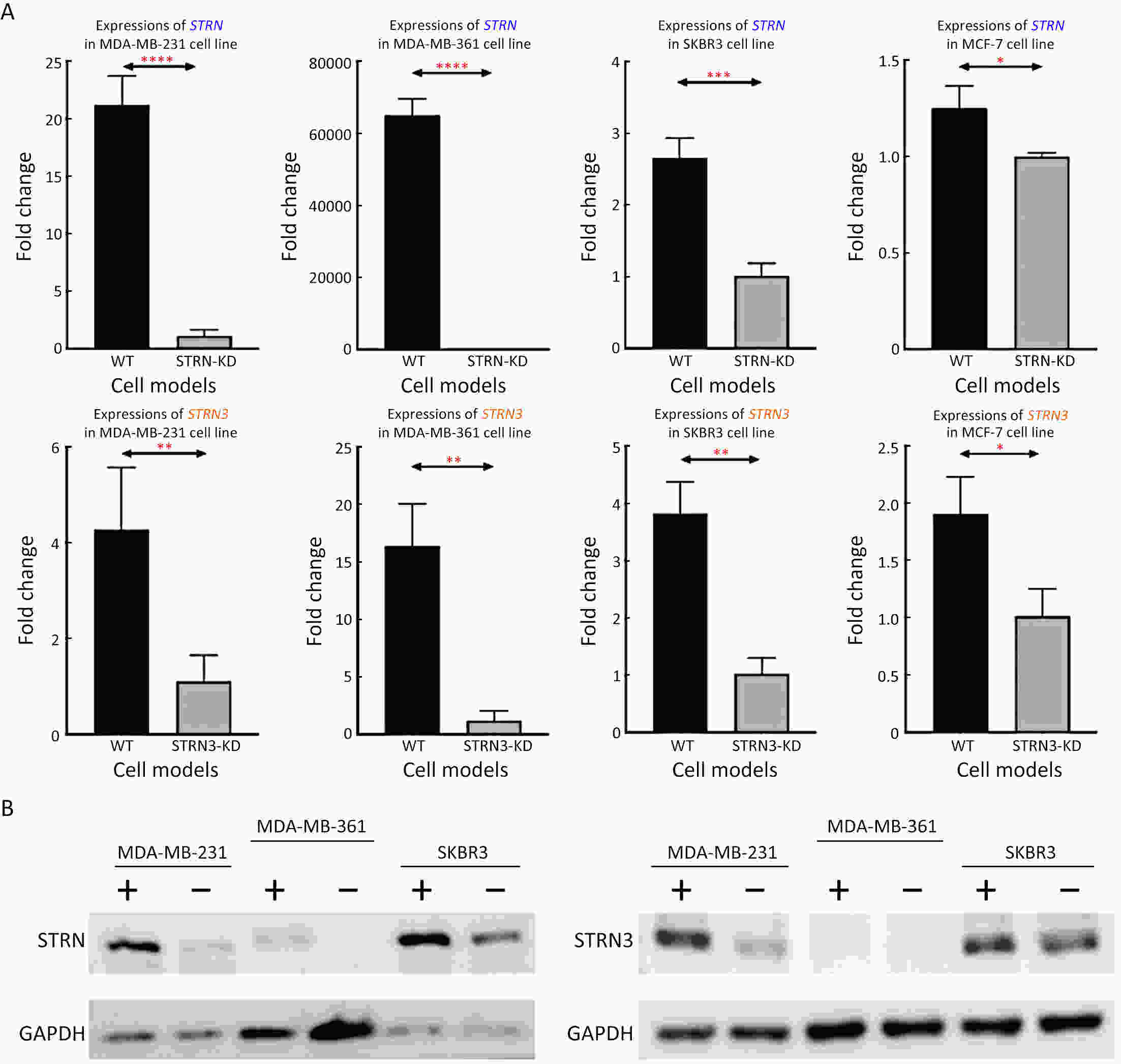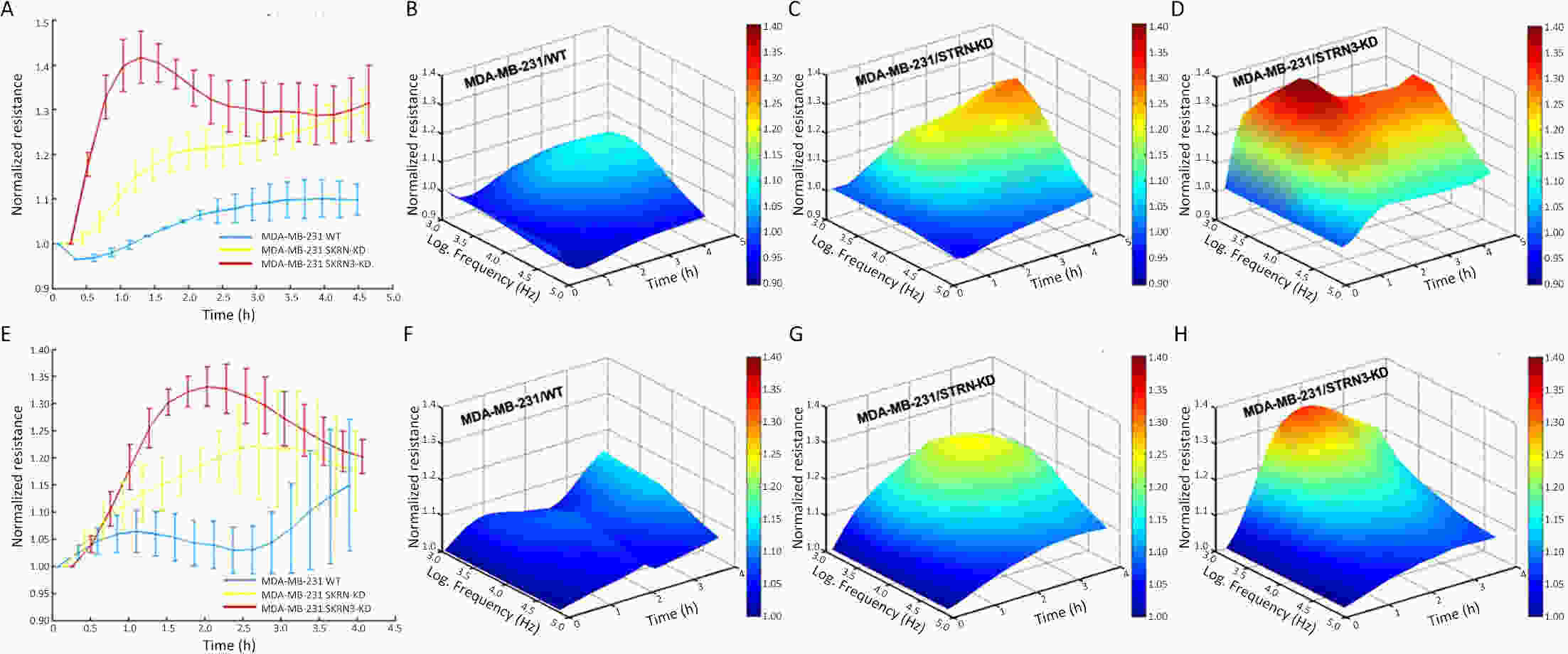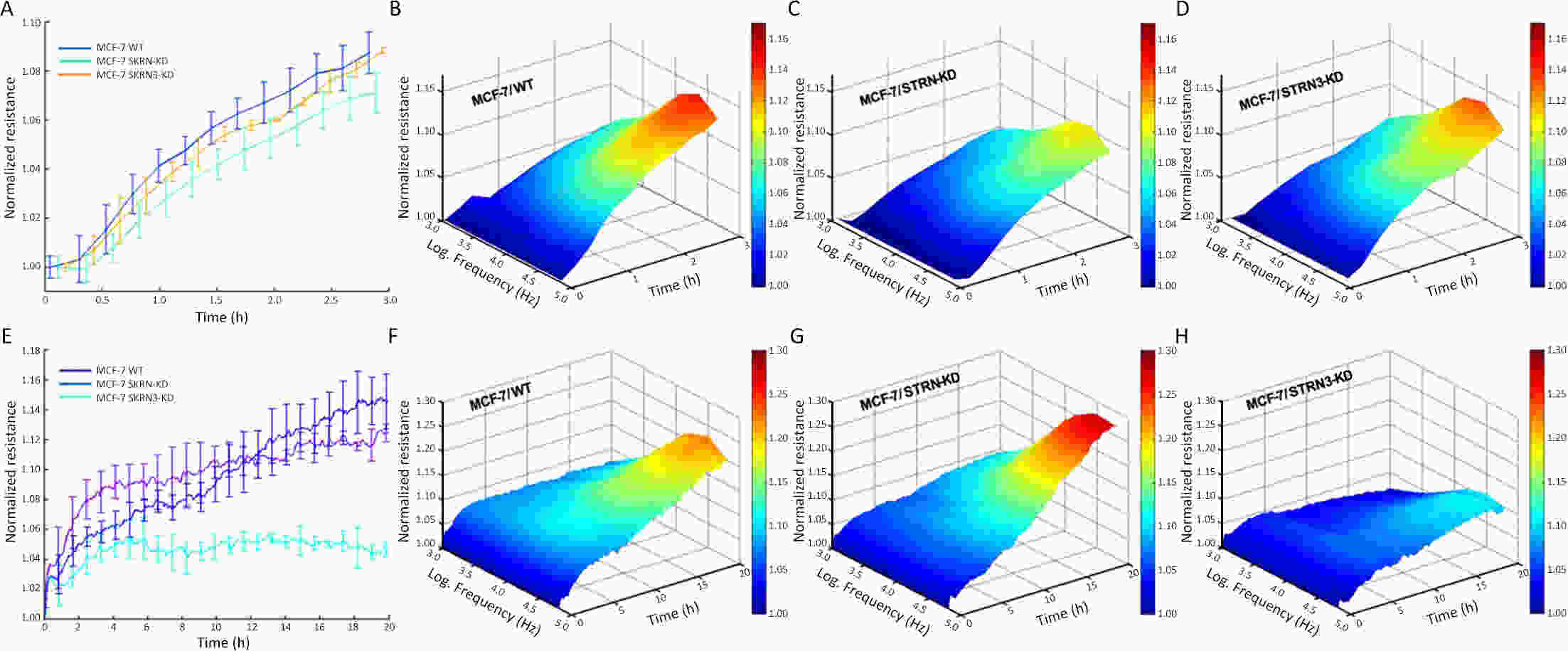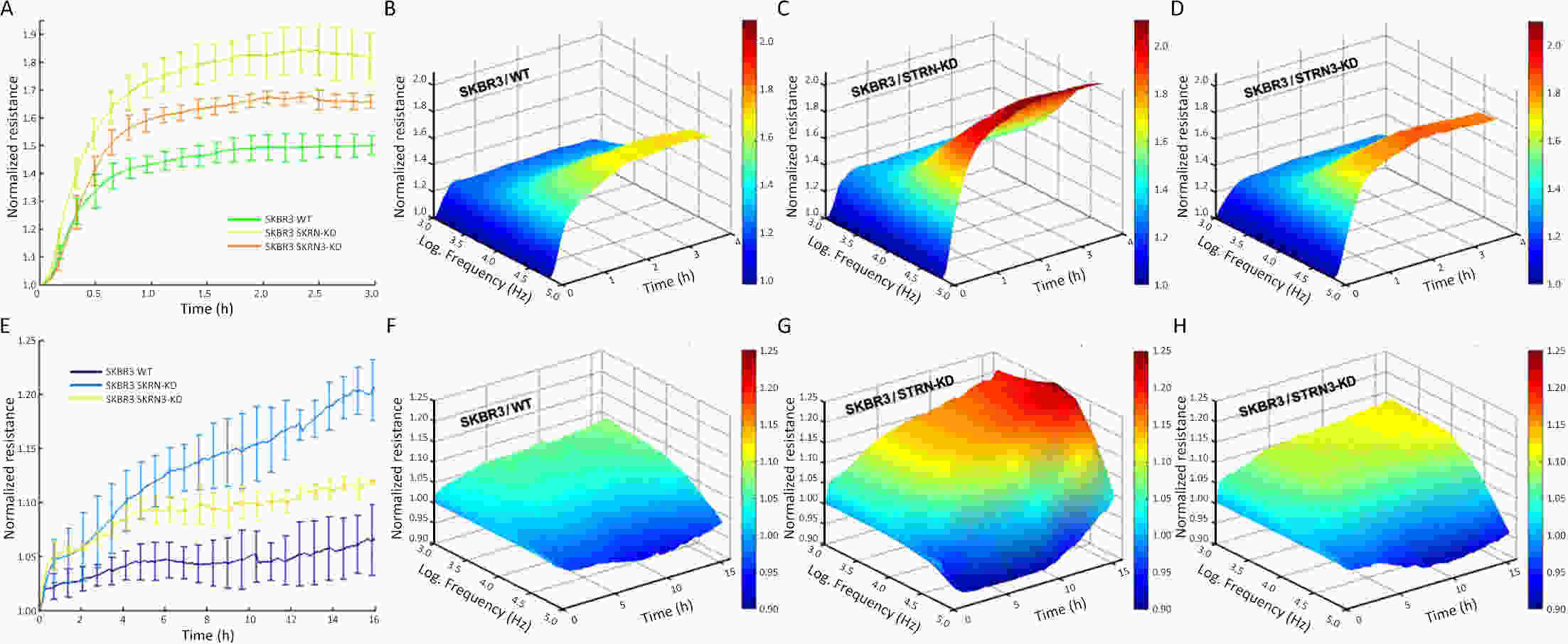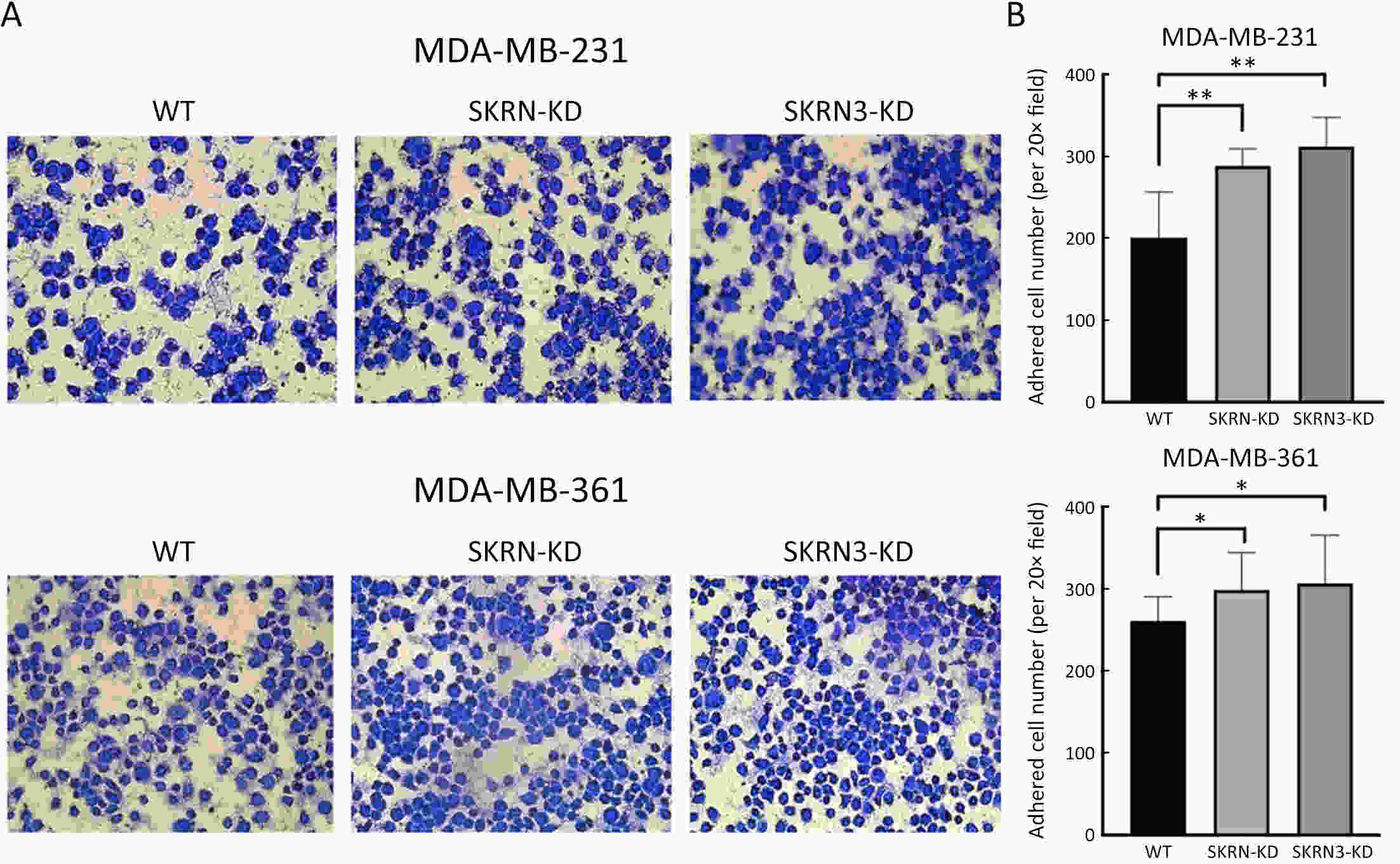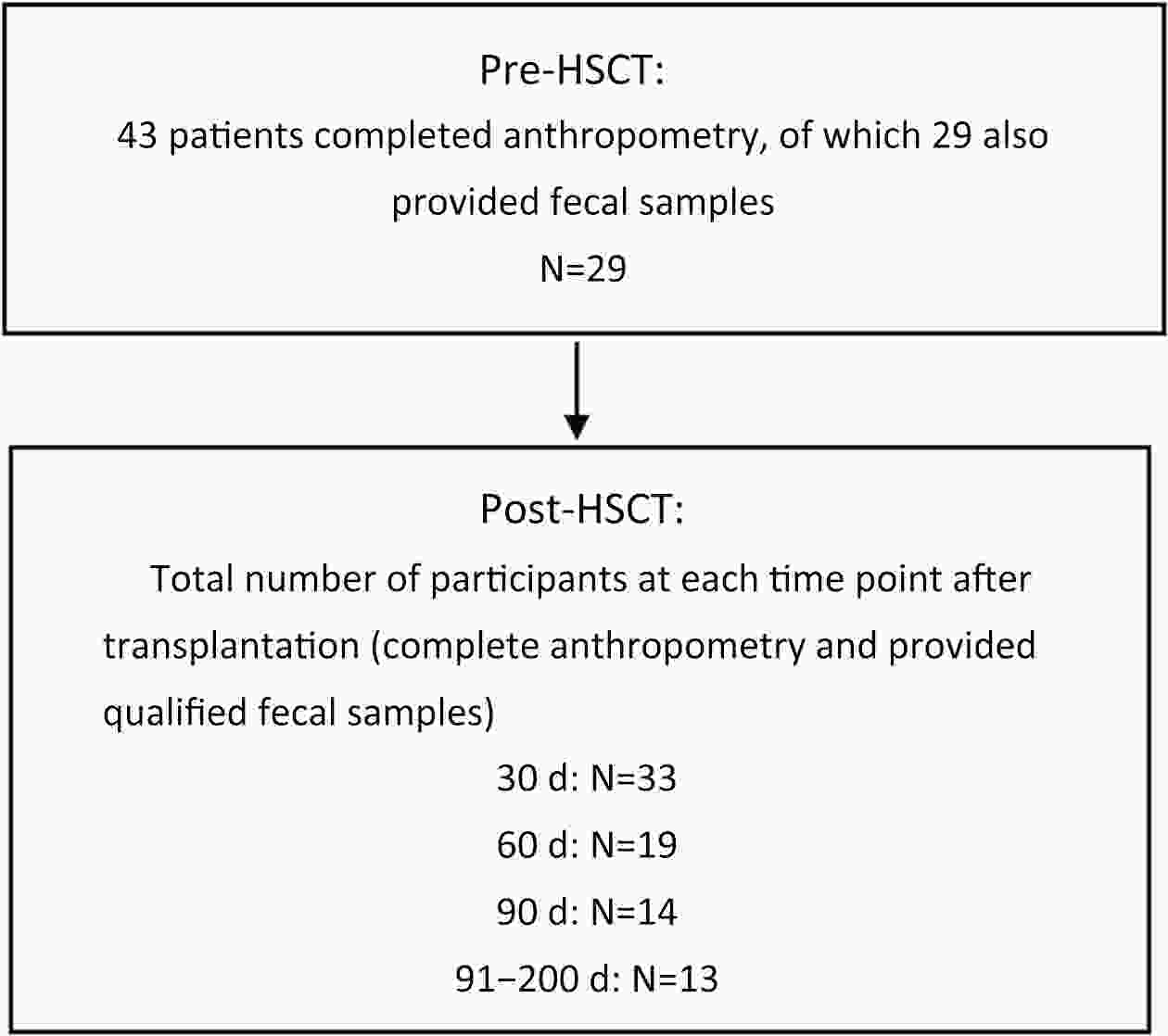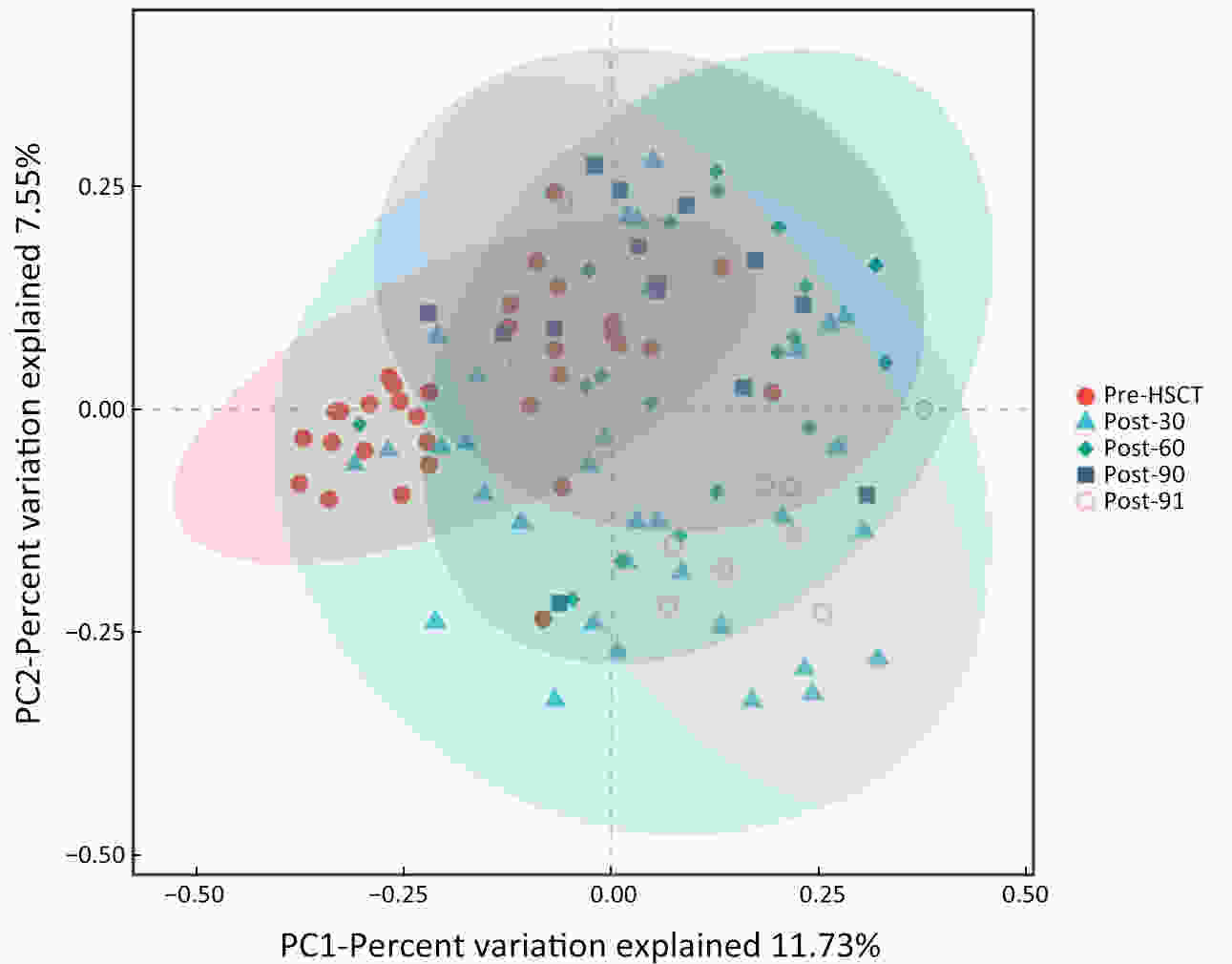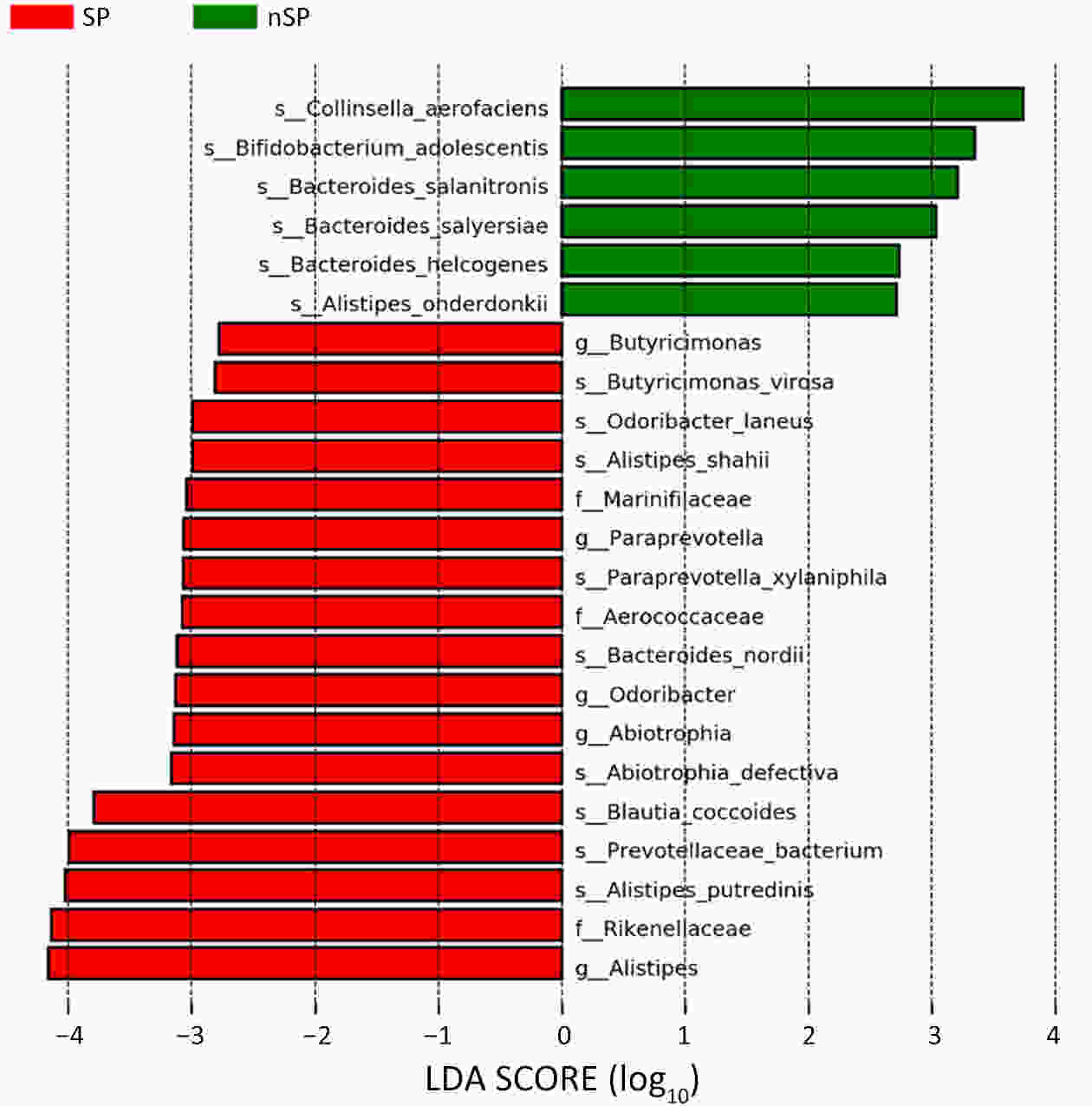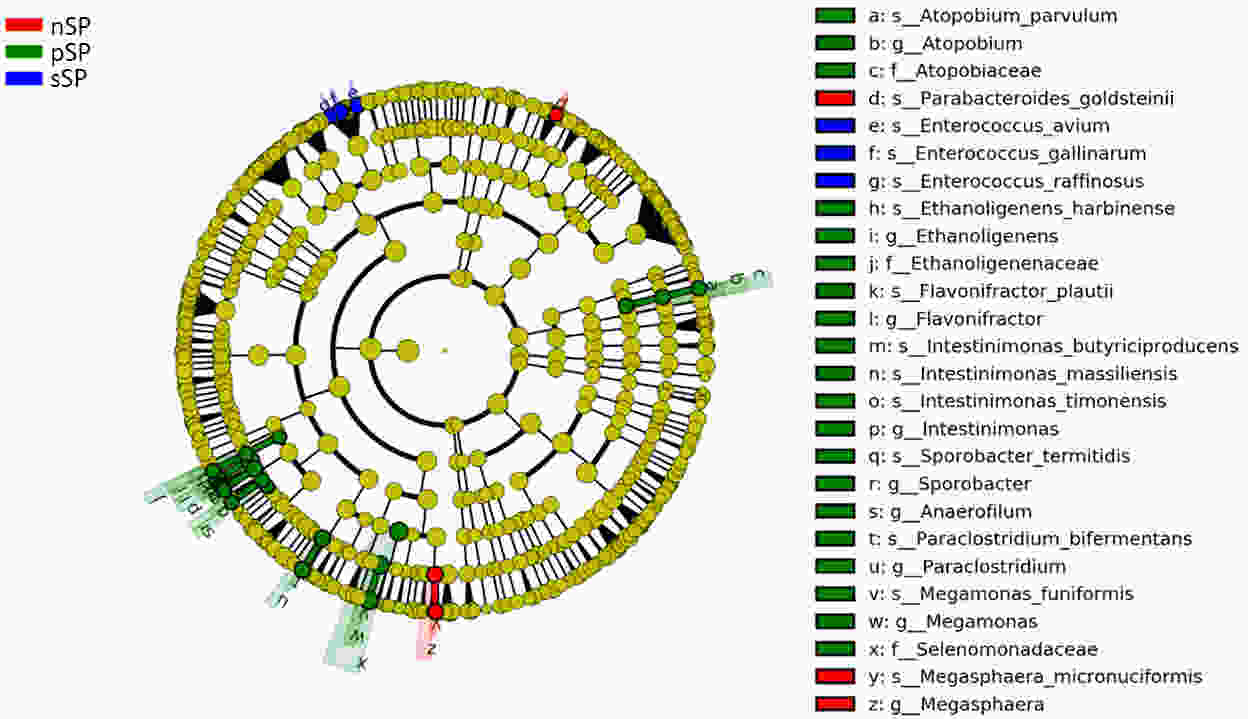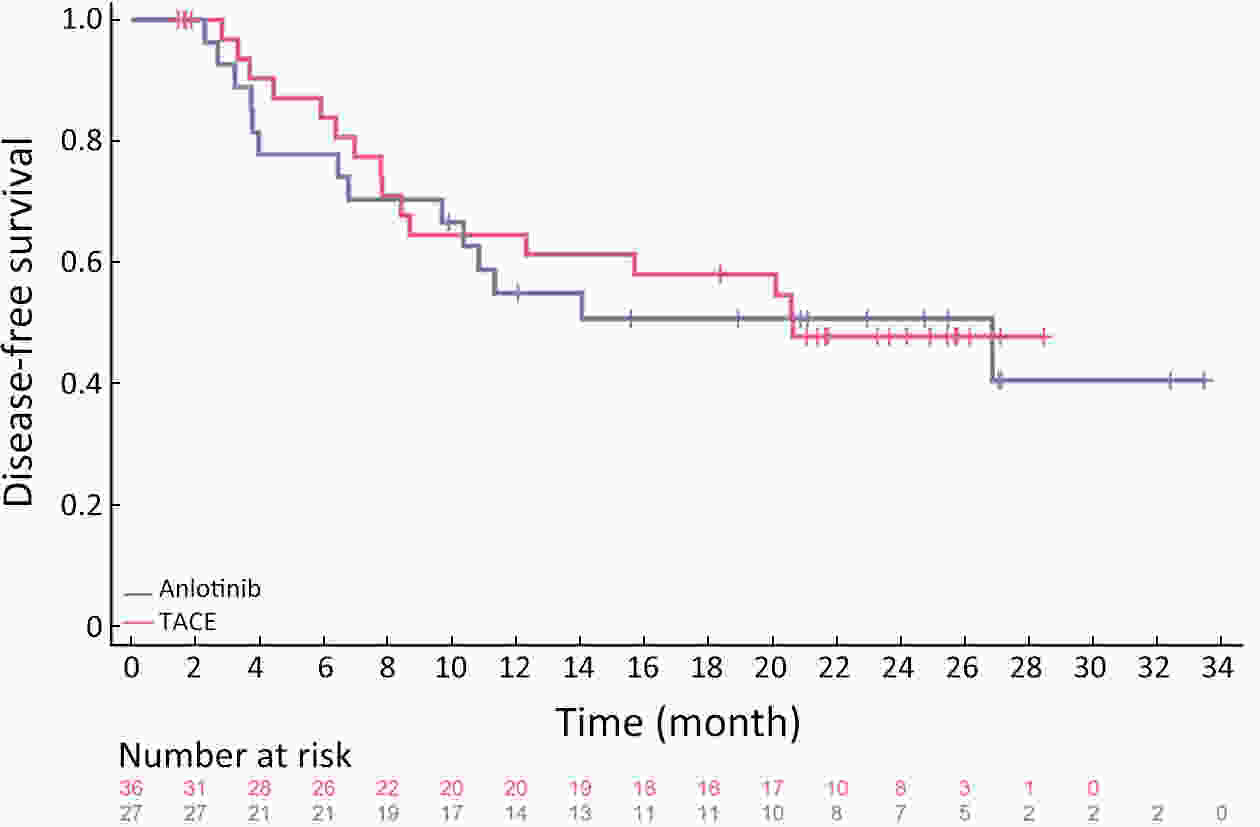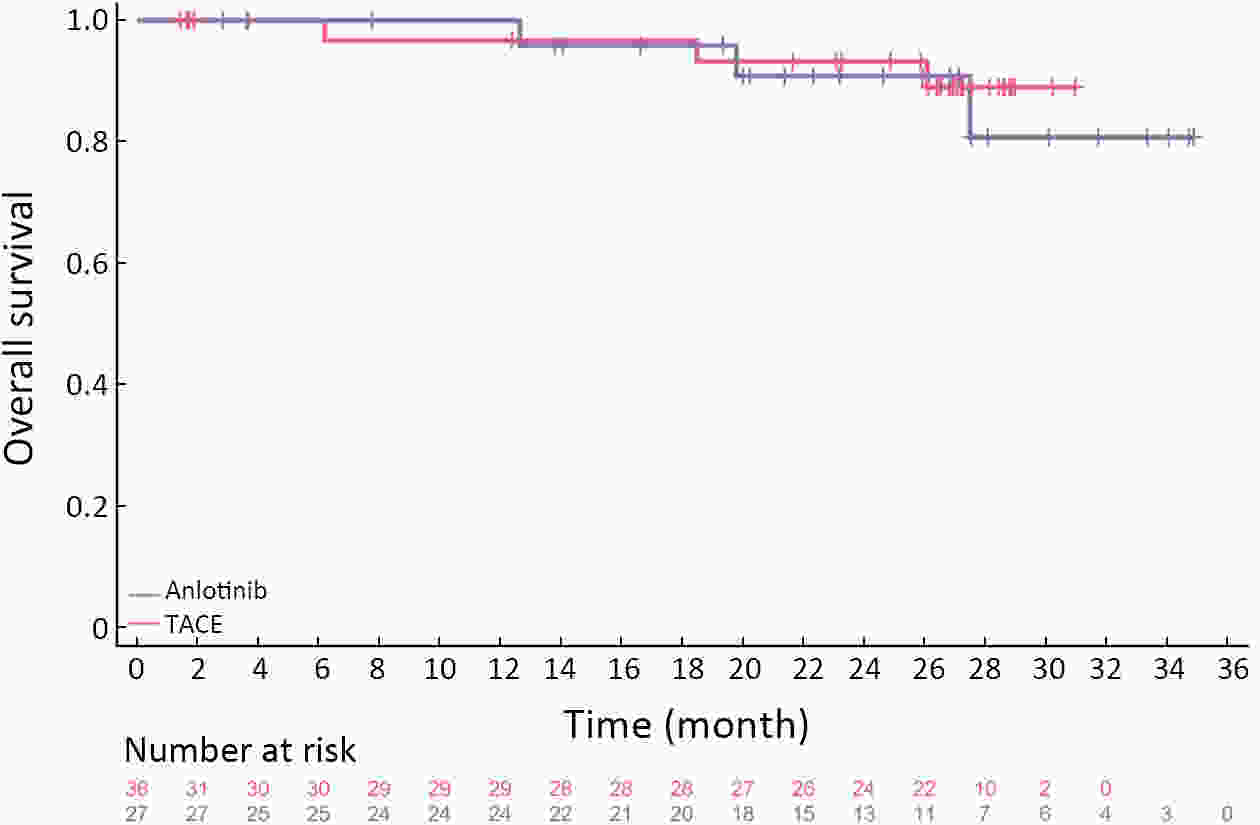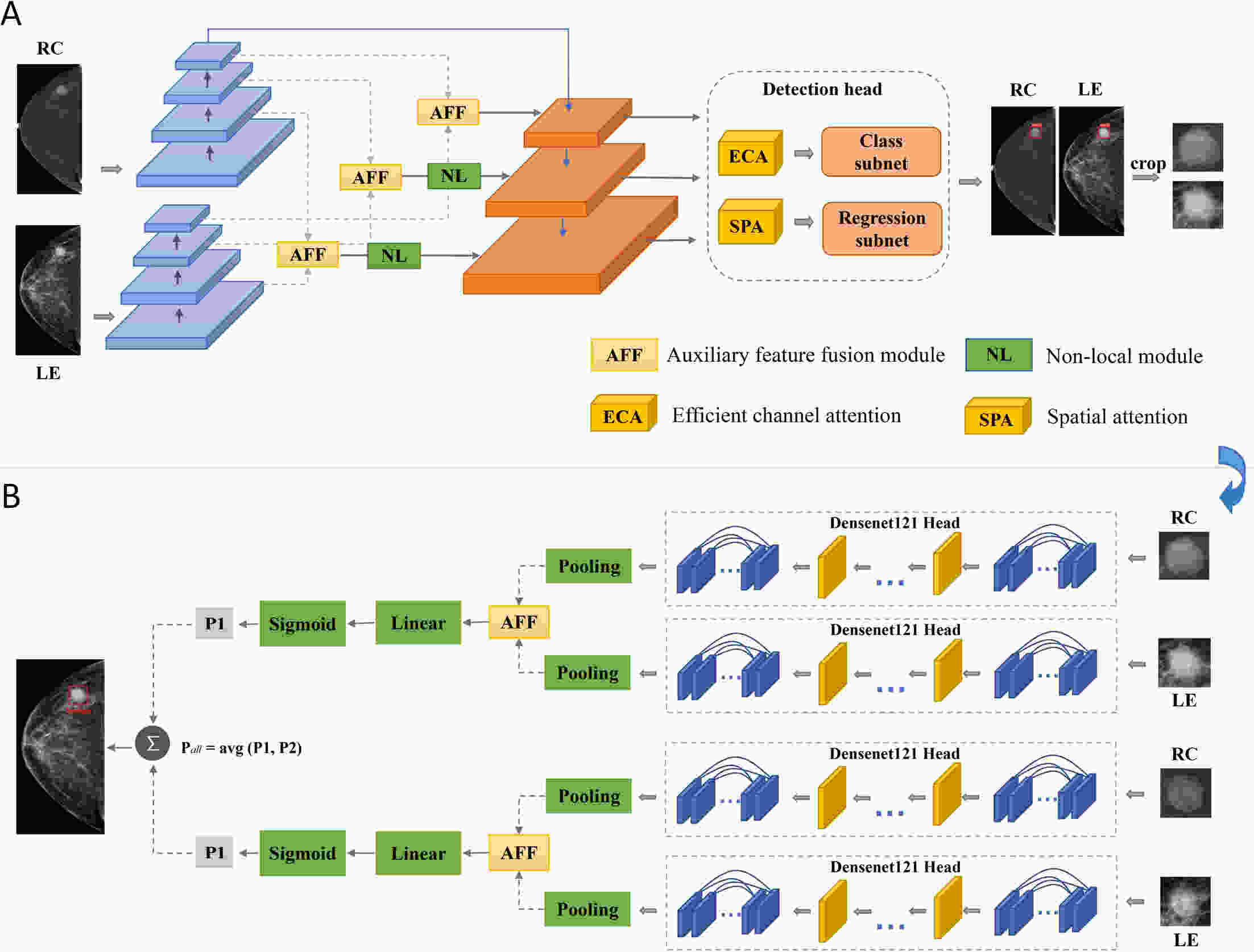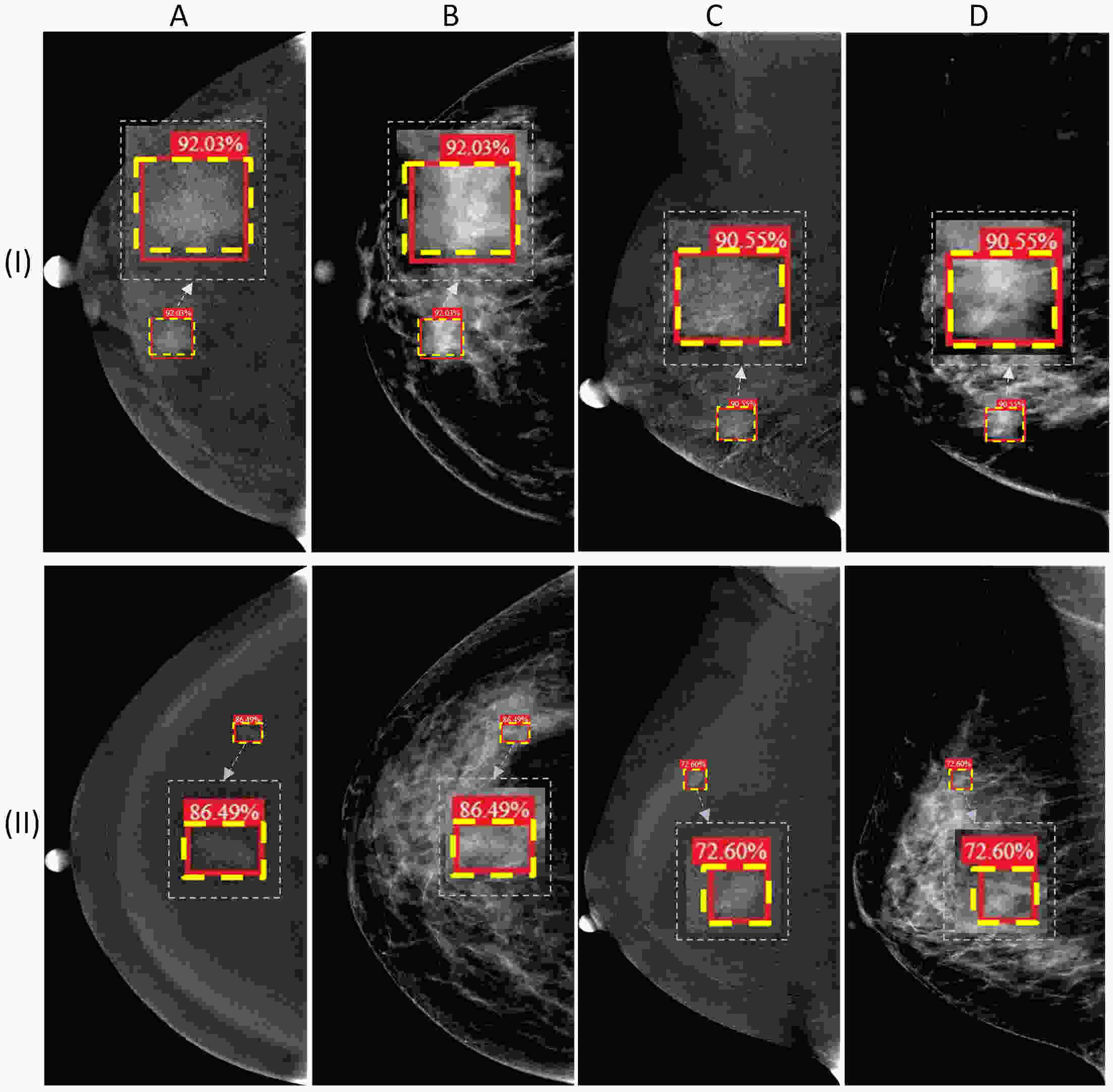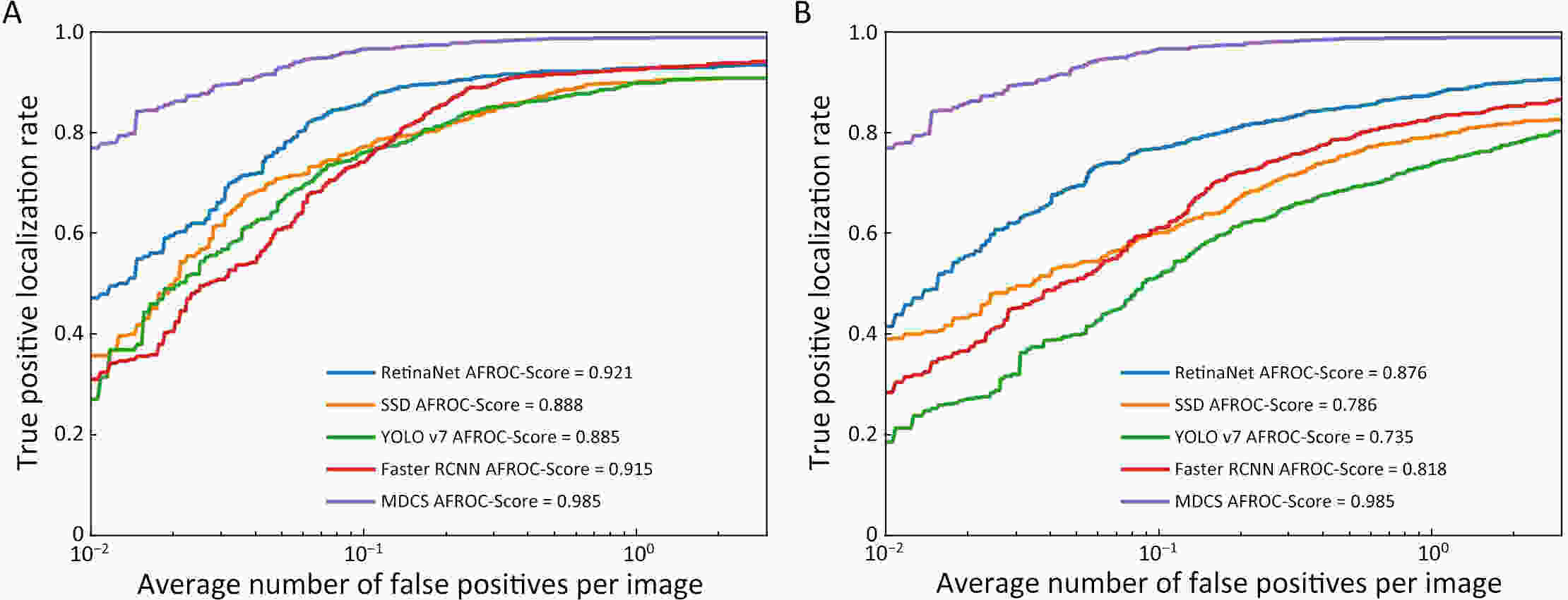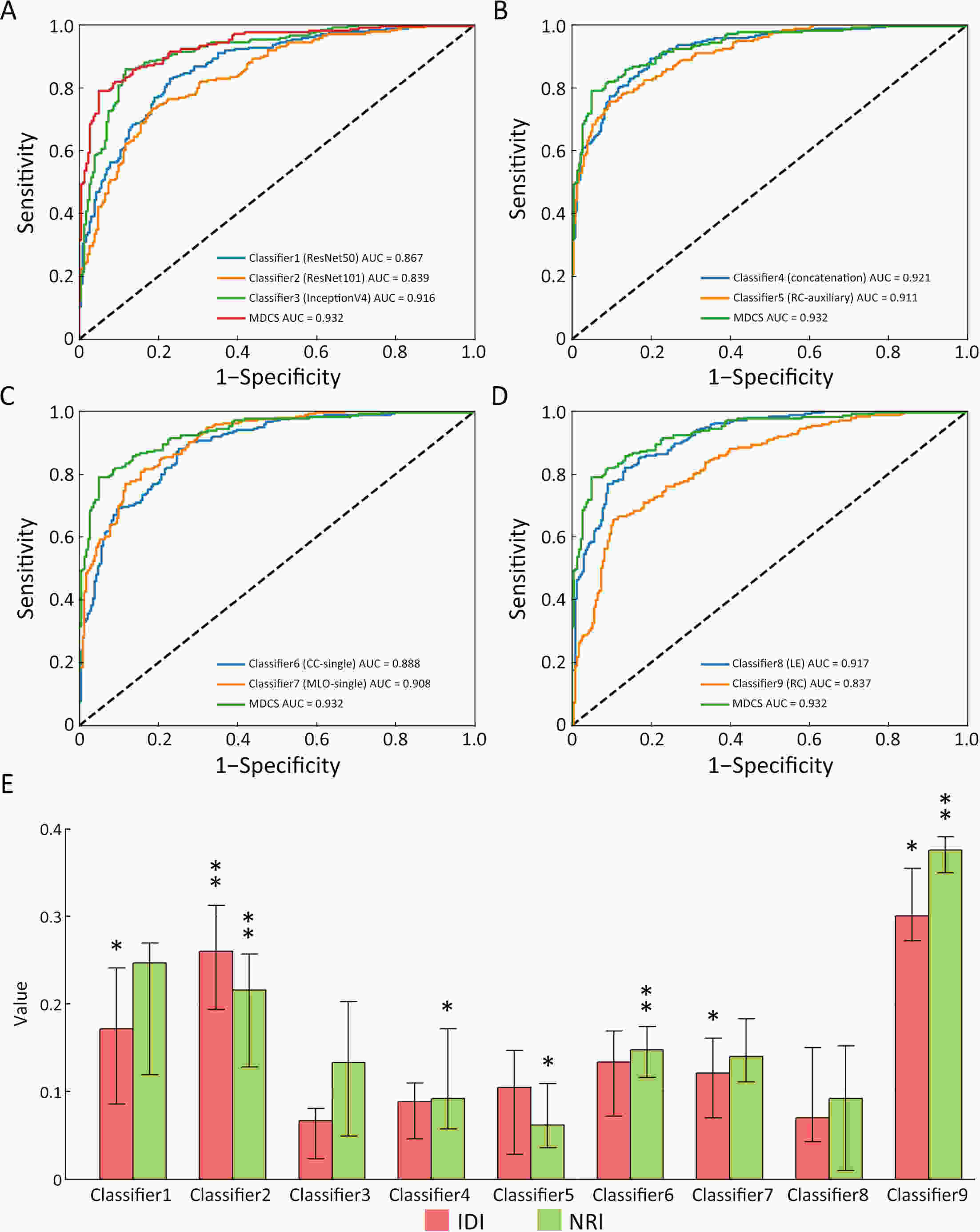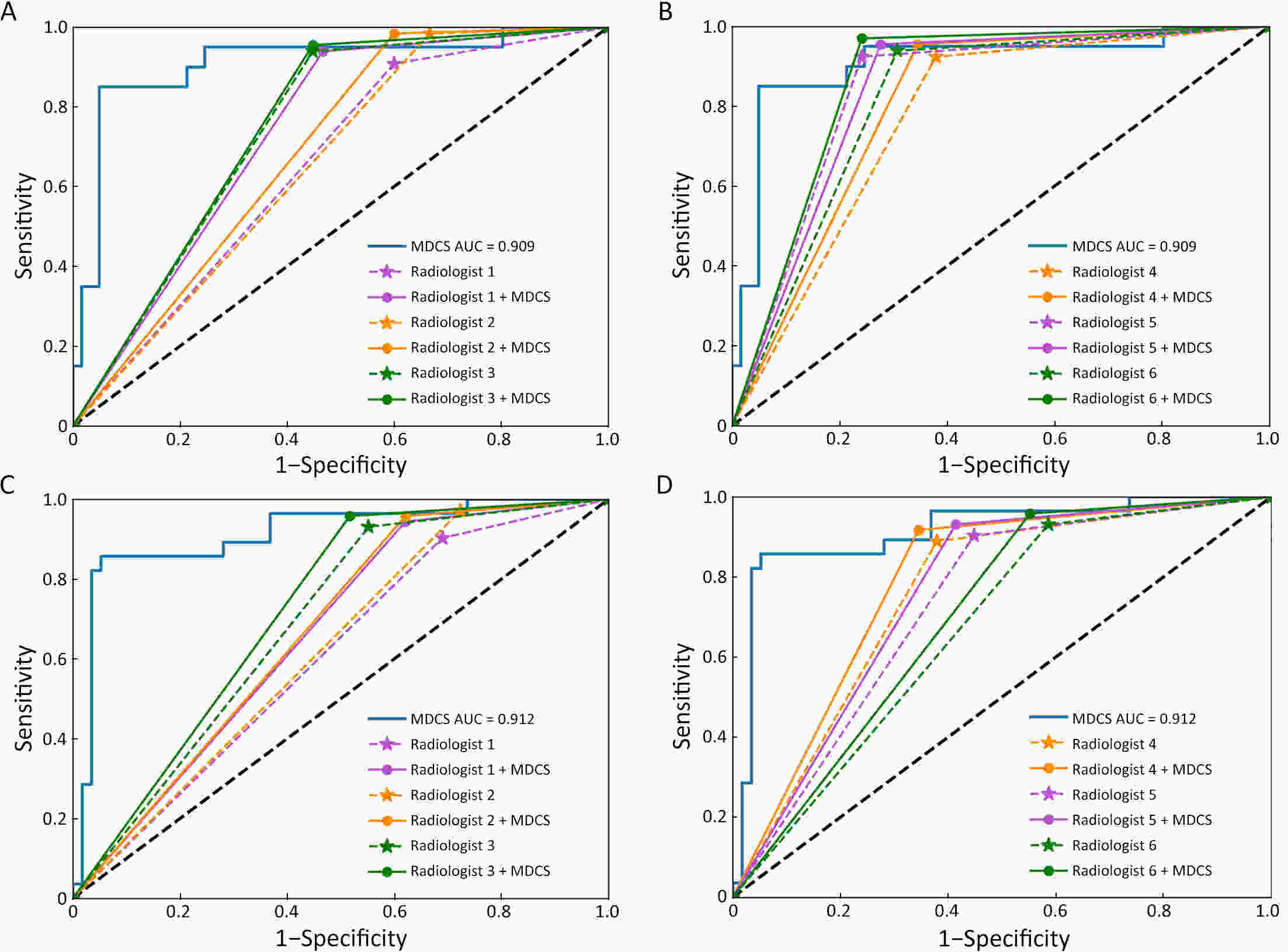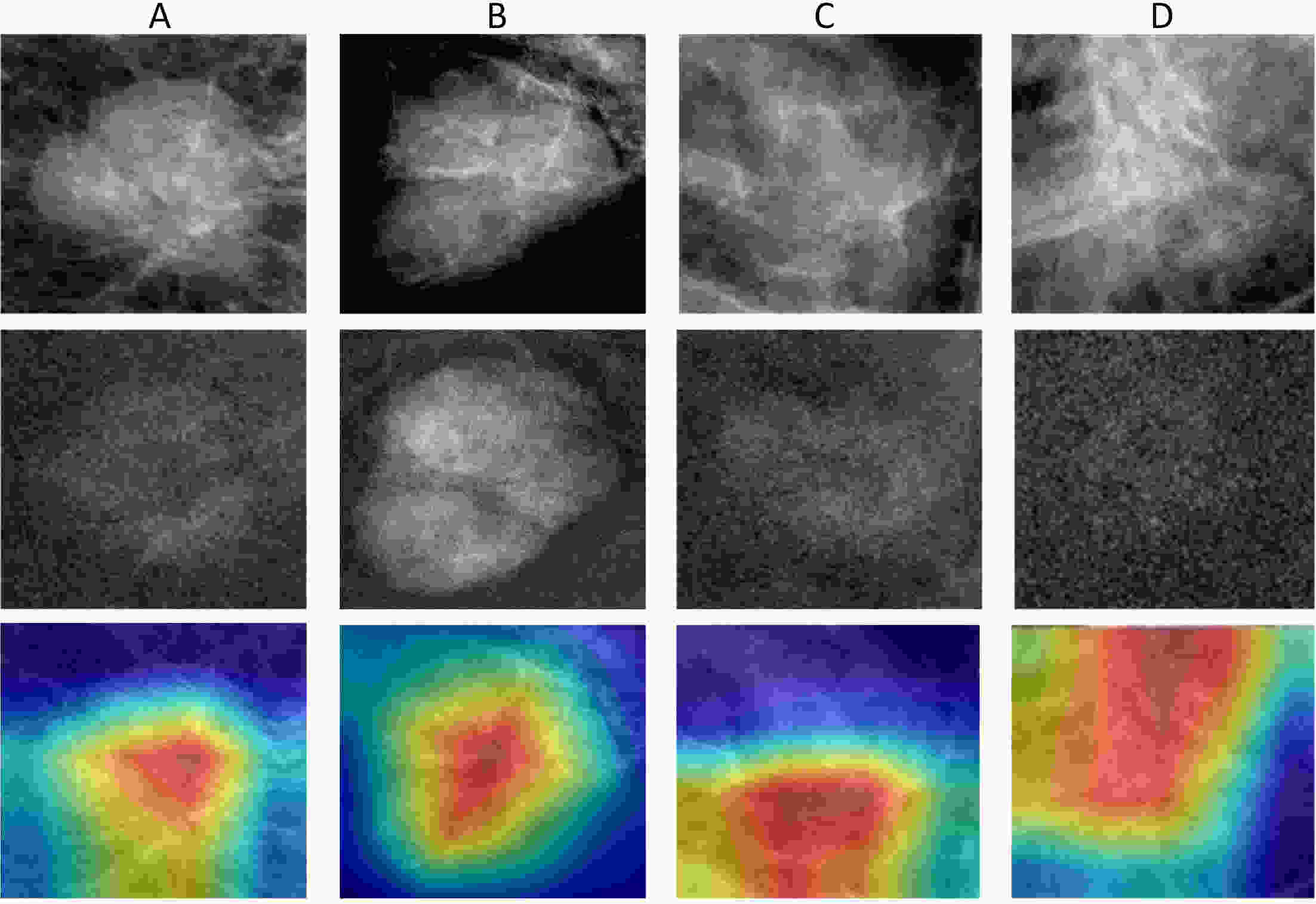2023 Vol.35(4)
Display Mode: |
2023, 35(4): 331-342.
doi: 10.21147/j.issn.1000-9604.2023.04.01
Abstract:
Single-cell RNA sequencing has been broadly applied to head and neck squamous cell carcinoma (HNSCC) for characterizing the heterogeneity and genomic mutations of HNSCC benefiting from the advantage of single-cell resolution. We summarized most of the current studies and aimed to explore their research methods and ideas, as well as how to transform them into clinical applications. Through single-cell RNA sequencing, we found the differences in tumor cells’ expression programs and differentiation tracks. The studies of immune microenvironment allowed us to distinguish immune cell subpopulations, the extensive expression of immune checkpoints, and the complex crosstalk network between immune cells and non-immune cells. For cancer-associated fibroblasts (CAFs), single-cell RNA sequencing had made an irreplaceable contribution to the exploration of their differentiation status, specific CAFs markers, and the interaction with tumor cells and immune cells. In addition, we demonstrated in detail how single-cell RNA sequencing explored the HNSCC epithelial-to-mesenchymal transition (EMT) model and the mechanism of drug resistance, as well as its clinical value.
Single-cell RNA sequencing has been broadly applied to head and neck squamous cell carcinoma (HNSCC) for characterizing the heterogeneity and genomic mutations of HNSCC benefiting from the advantage of single-cell resolution. We summarized most of the current studies and aimed to explore their research methods and ideas, as well as how to transform them into clinical applications. Through single-cell RNA sequencing, we found the differences in tumor cells’ expression programs and differentiation tracks. The studies of immune microenvironment allowed us to distinguish immune cell subpopulations, the extensive expression of immune checkpoints, and the complex crosstalk network between immune cells and non-immune cells. For cancer-associated fibroblasts (CAFs), single-cell RNA sequencing had made an irreplaceable contribution to the exploration of their differentiation status, specific CAFs markers, and the interaction with tumor cells and immune cells. In addition, we demonstrated in detail how single-cell RNA sequencing explored the HNSCC epithelial-to-mesenchymal transition (EMT) model and the mechanism of drug resistance, as well as its clinical value.
2023, 35(4): 343-353.
doi: 10.21147/j.issn.1000-9604.2023.04.02
Abstract:
Since the first laparoscopic radical surgery for early gastric cancer 30 years ago, there has been a gradual shift from “open” to “minimally invasive” surgery for gastric cancer. This transition is due to advancements in refined anatomy, enlarged field of view, faster recovery, and comparable oncological outcomes. Several high-quality clinical studies have demonstrated the safety and effectiveness of laparoscopy in the treatment of both early and locally advanced gastric cancer. The role of perioperative chemotherapy in managing locally advanced gastric cancer has been widely recognized, and there have been continuous breakthroughs in the exploration of targeted therapy and immunotherapy for perioperative treatment. Additionally, the application of indocyanine green near-infrared imaging technology, 3D laparoscopic technology, and robotic surgery systems has further improved the accuracy and minimally invasive nature of gastric cancer surgeries. Looking ahead, the field of minimally invasive surgery for gastric cancer is expected to become more standardized, resulting in a significant enhancement in the quality of life for gastric cancer patients.
Since the first laparoscopic radical surgery for early gastric cancer 30 years ago, there has been a gradual shift from “open” to “minimally invasive” surgery for gastric cancer. This transition is due to advancements in refined anatomy, enlarged field of view, faster recovery, and comparable oncological outcomes. Several high-quality clinical studies have demonstrated the safety and effectiveness of laparoscopy in the treatment of both early and locally advanced gastric cancer. The role of perioperative chemotherapy in managing locally advanced gastric cancer has been widely recognized, and there have been continuous breakthroughs in the exploration of targeted therapy and immunotherapy for perioperative treatment. Additionally, the application of indocyanine green near-infrared imaging technology, 3D laparoscopic technology, and robotic surgery systems has further improved the accuracy and minimally invasive nature of gastric cancer surgeries. Looking ahead, the field of minimally invasive surgery for gastric cancer is expected to become more standardized, resulting in a significant enhancement in the quality of life for gastric cancer patients.
2023, 35(4): 354-364.
doi: 10.21147/j.issn.1000-9604.2023.04.03
Abstract:
ObjectiveAs laparoscopic surgery is widely applied for primarily treated gastric cancer (GC)/gastroesophageal junction cancer (GEJC) and gains many advantages, the feasibility of laparoscopic total gastrectomy (LTG) for GC/GEJC patients who have received preoperative therapy (PT) has come to the fore. This study aims to analyze the safety and feasibility of LTG after PT for GC/GEJC patients. MethodsWe retrospectively analyzed the data of 511 patients with GC/GEJC undergoing LTG, of which 405 received LTG (LTG group) and 106 received PT+LTG (PT-LTG group) at Nanfang Hospital between June 2018 and September 2022. The surgical outcomes were compared between the two groups. ResultsThe surgical duration was significantly longer in the PT-LTG group (P<0.001), while the incidence of intraoperative complications (P=1.000), postoperative complications (LTG group vs. PT-LTG group: 26.2% vs. 23.6%, P=0.587), the classification of complication severity (P=0.271), and postoperative recovery was similar between two groups. Notably, the incidence of anastomotic complications of esophagojejunostomy was also comparable between the two groups (LTG group vs. PT-LTG group: 5.9% vs. 5.7%, P=0.918). The univariate and multivariate analysis confirmed that positive proximal margin [positive vs. negative: odds ratio (OR)=14.094, 95% confidence interval (95% CI): 2.639−75.260, P=0.002], rather than PT, has an impact on anastomotic complications after LTG (OR=0.945, 95% CI: 0.371−2.408, P=0.905). ConclusionsPT did not increase the surgical risk of LTG for GC/GEJC. Therefore, considering the positive effect of PT on long-term survival, the broader application of PT and LTG for GC/GEJC is supported by our findings.
2023, 35(4): 365-385.
doi: 10.21147/j.issn.1000-9604.2023.04.04
Abstract:
ObjectiveStriatins (STRNs) family, which contains three multi-domain scaffolding proteins, are cornerstones of the striatins interacting phosphatase and kinase (STRIPAK) complex. Although the role of the STRIPAK complex in cancer has become recognized in recent years, its clinical significance in breast cancer has not been fully established. MethodsUsing a freshly frozen breast cancer tissue cohort containing both cancerous and adjacent normal mammary tissues, we quantitatively evaluated the transcript-level expression of all members within the STRIPAK complex along with some key interacting and regulatory proteins of STRNs. The expression profile of each molecule and the integrated pattern of the complex members were assessed against the clinical-pathological factors of the patients. The Cancer Genome Atlas (TCGA) dataset was used to evaluate the breast cancer patients’ response to chemotherapies. Four human breast cancer cell lines, MDA-MB-231, MDA-MB-361, MCF-7, and SK-BR-3, were subsequently adopted for in vitro work. ResultsHere we found that high-level expressions of STRIP2, calmodulin, CCM3, MINK1 and SLMAP were respectively associated with shorter overall survival (OS) of patients. Although the similar pattern observed for STRN3, STRN4 and a contrary pattern observed for PPP2CA, PPP2CB and PPPR1A were not significant, the integrated expression profile of STRNs group and PPP2 group members constitutes a highly significant prognostic indicator for OS [P<0.001, hazard ratio (HR)=2.04, 95% confidence interval (95% CI), 1.36−3.07] and disease-free survival (DFS) (P=0.003, HR=1.40, 95% CI, 1.12−1.75). Reduced expression of STRN3 has an influence on the biological functions including adhesiveness and migration. In line with our clinical findings, the breast cancer cells responded to STRN3 knockdown with changes in their chemo-sensitivity, of which the response is also breast cancer subtype dependent. ConclusionsOur results suggest a possible role of the STRIPAK complex in breast cancer development and prognosis. Among the members, the expression profile of STRN3 presents a valuable factor for assessing patients’ responses to drug treatment.
2023, 35(4): 386-398.
doi: 10.21147/j.issn.1000-9604.2023.04.05
Abstract:
ObjectiveThe aim of this study was to investigate the prevalence of sarcopenia (SP) and its relationship with gut microbiota alterations in patients with hematological diseases before and after hematopoietic stem cell transplantation (HSCT). MethodsA total of 108 patients with various hematological disorders were selected from Peking University People’s Hospital. SP was screened and diagnosed based on the 2019 Asian Sarcopenia Diagnosis Strategy. Physical measurements and fecal samples were collected, and 16S rRNA gene sequencing was conducted. Alpha and beta diversity analyses were performed to evaluate gut microbiota composition and diversity. ResultsAfter HSCT, significant decreases in calf circumference and body mass index (BMI) were observed, accompanied by a decline in physical function. Gut microbiota analyses revealed significant differences in the relative abundance of Enterococcus, Bacteroides, Blautia and Dorea species before and after HSCT (P<0.05). Before HSCT, sarcopenic patients had lower Dorea levels and higher Phascolarctobacterium levels than non-sarcopenia patients (P<0.01). After HSCT, no significant differences in species abundance were observed. Alpha diversity analysis showed significant differences in species diversity among the groups, with the highest diversity in the post-HSCT 90-day group and the lowest in the post-HSCT 30-day group. Beta diversity analysis revealed significant differences in species composition between pre- and post-HSCT time points but not between SP groups. Linear discriminant analysis effect size (LEfSe) identified Alistipes, Rikenellaceae, Alistipes putredinis, Prevotellaceae defectiva and Blautia coccoides as biomarkers for the pre-HSCT sarcopenia group. Functional predictions showed significant differences in anaerobic, biofilm-forming and oxidative stress-tolerant functions among the groups (P<0.05). ConclusionsThis study demonstrated a significant decline in physical function after HSCT and identified potential gut microbiota biomarkers and functional alterations associated with SP in patients with hematological disorders. Further research is needed to explore the underlying mechanisms and potential therapeutic targets.
2023, 35(4): 399-407.
doi: 10.21147/j.issn.1000-9604.2023.04.06
Abstract:
ObjectiveHepatocellular carcinoma (HCC) has a high rate of postoperative recurrence and lacks an effective treatment to prevent recurrence. This study aims to investigate the efficacy and safety of anlotinib in postoperative adjuvant therapy for HCC patients with high-risk recurrence factors. MethodsFor this multicenter, retrospective study, we recruited 63 HCC patients who received either anlotinib (n=27) or transcatheter arterial chemoembolization (TACE) (n=36) from six research centers in China between March 2019 and October 2020. The primary endpoint was disease-free survival (DFS) and the secondary endpoints were overall survival (OS) and safety. ResultsIn this study, the median follow-up time was 25.9 and 26.8 months in the anlotinib and TACE groups, respectively. There was no significant difference in the median DFS between the anlotinib [26.8 months, 95% confidence interval (95% CI): 6.8−NE] and TACE groups (20.6 months, 95% CI: 8.4−NE). The 12-month OS rates in the anlotinib and TACE groups were 96.3% and 97.2%, respectively. In the anlotinib group, 19 of 27 patients (70.4%) experienced treatment-emergent adverse events, with the most common events (≥10%) being hypertension (22.2%) and decreased platelet count (22.2%). ConclusionsThe results indicate that anlotinib, as a new, orally administered tyrosine kinase inhibitor, has the same efficacy as TACE, and side effects can be well controlled.
2023, 35(4): 408-423.
doi: 10.21147/j.issn.1000-9604.2023.04.07
Abstract:
ObjectiveAccurate detection and classification of breast lesions in early stage is crucial to timely formulate effective treatments for patients. We aim to develop a fully automatic system to detect and classify breast lesions using multiple contrast-enhanced mammography (CEM) images. MethodsIn this study, a total of 1,903 females who underwent CEM examination from three hospitals were enrolled as the training set, internal testing set, pooled external testing set and prospective testing set. Here we developed a CEM-based multiprocess detection and classification system (MDCS) to perform the task of detection and classification of breast lesions. In this system, we introduced an innovative auxiliary feature fusion (AFF) algorithm that could intelligently incorporates multiple types of information from CEM images. The average free-response receiver operating characteristic score (AFROC-Score) was presented to validate system’s detection performance, and the performance of classification was evaluated by area under the receiver operating characteristic curve (AUC). Furthermore, we assessed the diagnostic value of MDCS through visual analysis of disputed cases, comparing its performance and efficiency with that of radiologists and exploring whether it could augment radiologists’ performance. ResultsOn the pooled external and prospective testing sets, MDCS always maintained a high standalone performance, with AFROC-Scores of 0.953 and 0.963 for detection task, and AUCs for classification were 0.909 [95% confidence interval (95% CI): 0.822−0.996] and 0.912 (95% CI: 0.840−0.985), respectively. It also achieved higher sensitivity than all senior radiologists and higher specificity than all junior radiologists on pooled external and prospective testing sets. Moreover, MDCS performed superior diagnostic efficiency with an average reading time of 5 seconds, compared to the radiologists’ average reading time of 3.2 min. The average performance of all radiologists was also improved to varying degrees with MDCS assistance. ConclusionsMDCS demonstrated excellent performance in the detection and classification of breast lesions, and greatly enhanced the overall performance of radiologists.
Focal ablation therapy presents promising results for selectively localized prostate cancer patients
2023, 35(4): 424-430.
doi: 10.21147/j.issn.1000-9604.2023.04.08
Abstract:
Due to its lower risk of consequences when compared to a radical approach, focal treatment is a viable and minimally invasive option for treating specific localized prostate cancer. Although several recent good non-randomized trials have suggested that focused therapy may be an alternative choice for some patients, additional high-quality evidence is needed before it can be made widely available as a conventional treatment. As a result, we have summarized the most recent findings from the 38th Annual European Association of Urology Congress, one of the most renowned annual conferences in the area of urology, regarding focal ablation therapy for patients with localized prostate cancer. Additionally, we also provided clinical trials in progress for researchers to better understand the current research status of this field.
Due to its lower risk of consequences when compared to a radical approach, focal treatment is a viable and minimally invasive option for treating specific localized prostate cancer. Although several recent good non-randomized trials have suggested that focused therapy may be an alternative choice for some patients, additional high-quality evidence is needed before it can be made widely available as a conventional treatment. As a result, we have summarized the most recent findings from the 38th Annual European Association of Urology Congress, one of the most renowned annual conferences in the area of urology, regarding focal ablation therapy for patients with localized prostate cancer. Additionally, we also provided clinical trials in progress for researchers to better understand the current research status of this field.

 Abstract
Abstract FullText HTML
FullText HTML PDF 1794KB
PDF 1794KB